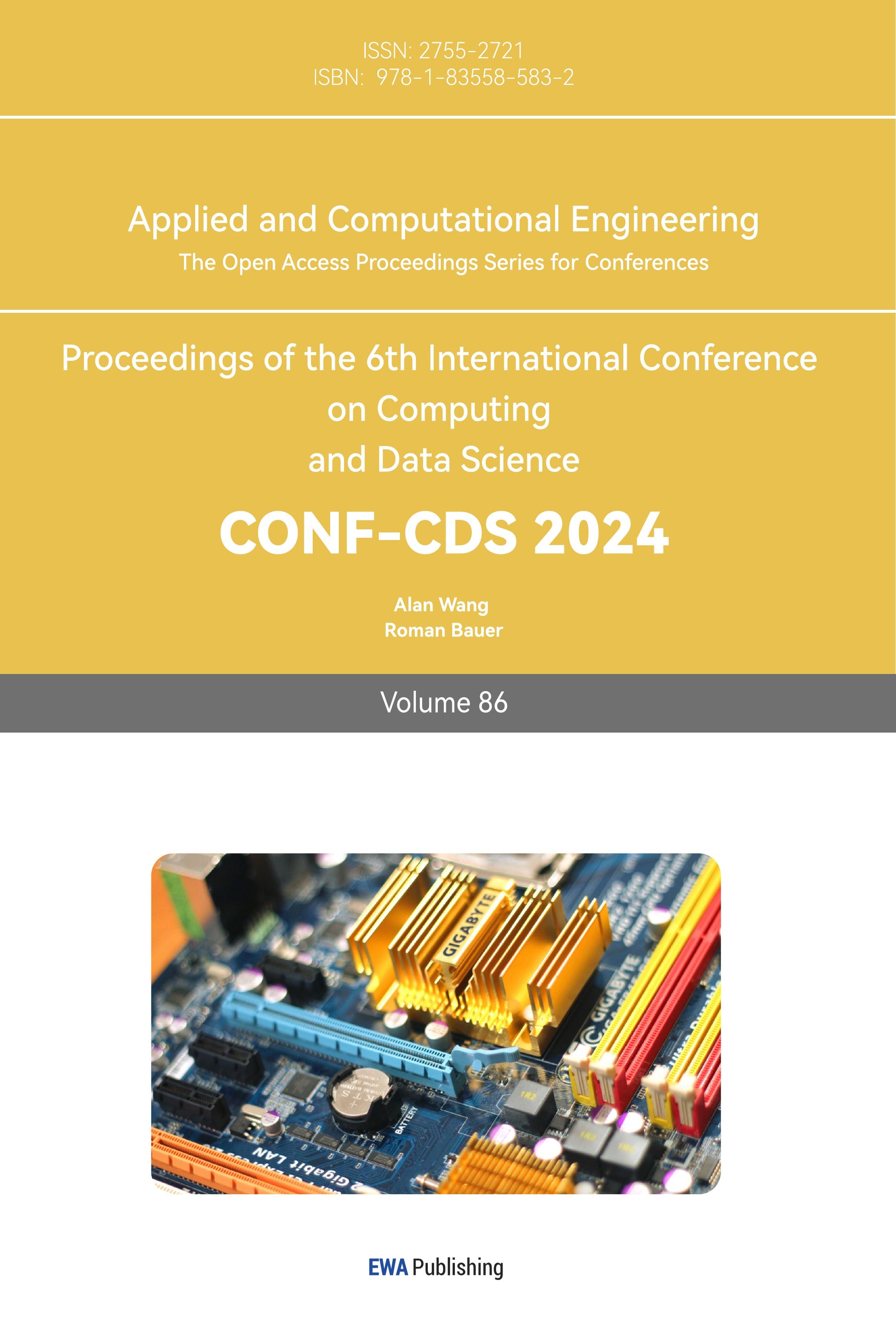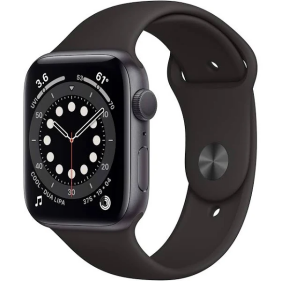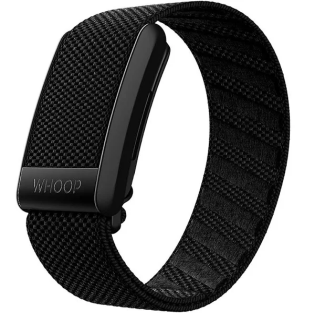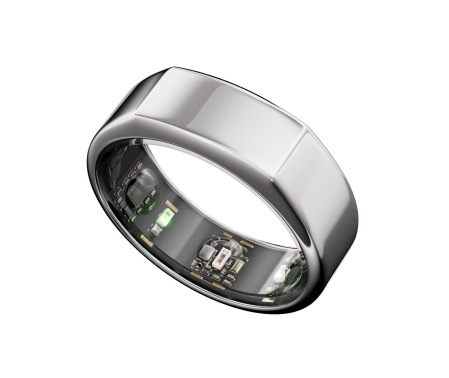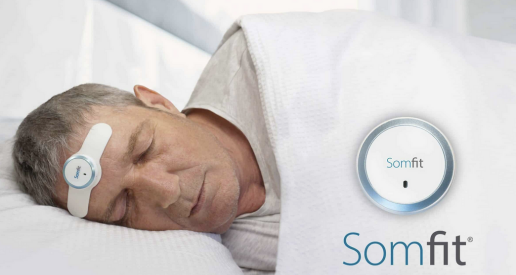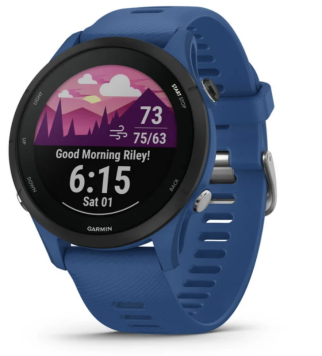1. Introduction
Sleep remains a complex and not fully understood aspect of human health, with ongoing efforts to develop better methods for studying and improving sleep quality. Many people, particularly adolescents, suffer from the effects of sleep deprivation. Around half of school-aged children (ages 5–18 years) get hours of sleep that don't fulfill the need for their growth and development [1, 2, 3] The advent of AI, along with the application of AR and VR technologies, provides innovative avenues for exploring sleep. In particular, these technologies offer new methods to study and improve sleep quality through immersive and interactive experiences.Despite advancements, several challenges remain unsolved in sleep research:1. Accurate and non-intrusive sleep monitoring. 2. Ensuring data privacy while collecting and analyzing sleep data. 3. Providing personalized and effective sleep coaching without centralized data storage. This research then proposes the use of federated learning (FL) in the Metaverse to address these challenges. FL facilitates the creation of virtual sleep communities where users can share insights and experiences, enhancing AI models and providing more accurate and personalized recommendations. Users can create and share custom sleep environments or relaxation techniques, enriching the overall experience. Federated learning is a distributed machine learning technique where models are trained on multiple devices using their local data. Instead of sharing raw data, devices share model updates, which are then combined to improve the overall model. This enhances privacy and reduces data transfer costs.This method is particularly advantageous for AR/VR applications in the Metaverse, especially for sleep coaching. It enables personalized insights and recommendations based on user-specific data while ensuring privacy and security, as the data remains on the user's device. By adapting to individual sleep patterns and preferences without the need for centralized data storage, federated learning makes sleep coaching more effective and tailored to each user's needs.
This research paper addresses the problem of improving the accuracy of sleep monitoring and prediction while ensuring user data privacy. The proposed solution involves leveraging federated learning in AR/VR applications within the AR/VR to create a personalized and privacy-preserving sleep facilitating system. This innovative approach aims to enhance sleep quality and our understanding of sleep. The study suggests that future research should focus on refining device comfort, accuracy, and further integrating FL algorithms to optimize user experiences and the effectiveness of sleep interventions.
2. Case Description
2.1. Why is sleep important and what are the sleep stages
There are many hypotheses explaining why sleep exists and why it is important. What has been proved is that sleep is crucial for basic human functionality in 1. Memory consolidation 2. Synaptic rebalancing after wakeful stimulation of neurons 3. Toxin removal from the brain by increasing the exchange of cerebrospinal fluid and interstitial fluid. Sleep deprivation would lead to reduced alertness and impaired cognitive abilities that is detrimental to one’s normal function. According to the National Council on Aging, approximately 30% of adults suffer from different degrees of insomnia, and 10% have severe insomnia that significantly disrupts their daily lives [1]. In 2022 CDC reports, overall 30% percent of adults get less than 7, the recommended sleep hours. Almost 40% percent of people suffer from sleepiness during the work day. Furthermore, around 50 to 70 million United States residents have chronic sleep disorders that require intervention. Sleep deprivation is widespread and significantly impacts national health [4]
Sleep consists of four stages: 1. Stage 1: Light sleep, transition between wakefulness and sleep, lasting a few minutes. 2. Stage 2: Deeper sleep, marked by sleep spindles and K-complexes, accounts for about 50% of total sleep time. 3. Stage 3: slow-wave sleep (SWS) the deepest sleep stage, crucial for physical restoration and growth. 4. REM Sleep: The Rapid Eye Movement stage, where dreams and muscle atonia happen; important for cognitive functions like memory consolidation. The first three stages are non-REM (NREM) stages and the last one is REM (rapid eye movement) stage. The cycle repeats several times a night, with each cycle lasting about 90 minutes. The classification of sleep stages provides a fundamental framework for sleep monitoring. The understanding of sleep classification is crucial for the diagnosis of sleep pathology and studying solutions to sleep disorders such as insomnia.
2.2. Current wearable devices for estimating sleep quality
Wearable devices, which include smartwatches like Fitbit, Samsung Watch, Apple Watch, and others, use sensors physically attached to the body to monitor physiological data for sleep information extraction (Table 1). These sensors track various parameters such as heart rate, body movements, and, in some cases, breathing rate. By continuously monitoring these physiological signals, wearable devices can provide insights into the user's sleep patterns. They employ multi-state categorization of sleep and wake states, offering a detailed analysis of different sleep stages throughout the night. This technology enables users to track their sleep quality, duration, and disturbances, providing valuable information for improving sleep habits. Additionally, the convenience and accessibility of wearables make them a popular choice for both personal and clinical use, contributing to the advancement of sleep research and facilitating the diagnosis of sleep disorders without the need for complex and time-consuming traditional methods like PSG.
Table 1. Current wearable products available for sleep monitoring
Apple Watch S6 |
|
Whoop 4.0 wearable health, fitness and activity tracker. |
|
Oura Ring Generation 3 |
|
Somfit |
|
Garmin Forerunner 255 |
|
2.3. What is PSG
Polysomnography (PSG) is a sleep test that contains multiple parameters and used to diagnose sleep disorders. Its test result, a polysomnogram, may include parameters such as electroencephalography for brain activity(EEG), heart rate (ECG)electrooculography for eye movements(EOG), and surface electromyography for muscle activity (EMG). There are also respiratory measures, airflow measures, and blood oxygen levels. PSG is typically conducted overnight in a sleep lab where sensors are attached to the patient's body to monitor these functions. The data collected helps identify conditions such as sleep apnea, restless legs syndrome, and narcolepsy, aiding in the development of appropriate treatment plans. It also provides a detailed analysis of sleep stages and disturbances.
Traditional sleep staging analysis that utilizes PSG is extraneous. Sleep is scored manually in multiple time epochs and measured signals such as heart rate. Such work would require expertised operations [2]. The problem with this method is that it is costly and requires a strict lab environment. Hence it is hard to implement in one’s home and confined in field settings, To find a better replacement to this approach, Research-grade antigraphy is a more accepted alternative to PSG.
3. Analysis on the Problems
3.1. PSG and actigraphy lacks ecological validity
PSG, while valuable for sleep research and diagnosis, often lacks ecological validity. The controlled environment and extensive sensor setup in PSG can interfere with natural sleep patterns, especially when the individual sleeps in a prone position. This setup involves numerous sensors attached to the body. For example, in a lab-setting overnight sleeping study of preschoolers, parents of participants often mentioned that their children’s sleeping in the lab differs significantly from their typical sleep at home [5]. This discrepancy suggests that the unfamiliar and artificial lab environment can induce stress and discomfort, leading to atypical sleep behaviors. Similarly, patients removed from their usual sleeping environment may experience altered sleep patterns, introducing bias into the sleep study results. These factors highlight the challenges in obtaining accurate and representative data from PSG, emphasizing the need for more naturalistic and less intrusive methods for studying sleep.
3.2. Current wearable technology and accuracy
Compared to PSG, wearable devices have a better ecological validity for users can wear them in their own house, and sleep in their own bed (Table 2). However, experienced testing validity has proved that the prediction and data form the wearable devices is good but not as accurate as actigraphy results, suggesting a room for improvement in accuracy.
Most commonly, sleep wearable technology uses actigraphy as a more feasible alternative to PSG. Actigraphy in sleep devices relies on accelerometers and photoplethysmography which tracks heart rate to classify sleep into either two-stage or four-stage categories [6]. A sleep study conducted in November 2020 to April 2021, compared six current wearable devices for estimating sleep and heart rate variability, validating their accuracy against PSG data. In table 2, two functions for two-stage categorisation of sleep (sleep or wake) against PSG are compared between actigraphy (denoted as Actical) and a sleep wearable (i.e., WHOOP). The result of this study has shown in estimating the capability of two-state sleep, that most devices evaluated performed similarly to previous validation studies in estimating two-state sleep. Especially for monitor devices that rely on antigraphy, low specificity, or high variability in specificity, is the most prevalent problem.
For devices that excel at identifying wakefulness during sleep, it is plausible that they have utilized more complicated metrics, instead of solely relying on movement detection, by advancing their algorithms.
Table 2. Current wearable technology and accuracy
Variable (min) | PSG vs. Whoop-Auto | PSG vs. Whoop-Manual | PSG vs. Actical | ||||||||
PSG | PSG_SD | Bias | AE | F | Bias | AE | F | Bias | AE | F | |
TST | 392.8 | 60.7 | -17.8 | 40.0 | 1.7 | 16.7 | 25.4 | 2.4 | 37.6 | 38.1 | 12.2 |
Wake | 53.9 | 45.7 | 17.8 | 40.0 | 2.8 | -16.7 | 25.4 | 6.3 | -37.6 | 38.1 | 35.1 |
Light | 197.1 | 50.8 | -8.9 | 43.8 | 0.8 | 13.9 | 47.0 | 2.0 | --- | --- | --- |
SWS | 101.4 | 21.6 | -15.5 | 24.7 | 13.1 | -6.1 | 20.7 | 2.8 | --- | --- | --- |
REM | 94.3 | 28.9 | 6.5 | 33.0 | 0.9 | 8.8 | 33.0 | 1.9 | --- | --- | --- |
SOL | 5.3 | 5.9 | -0.2 | 2.8 | 0.01 | ---- | ---- | ---- | |||
3.3. Sleep facilitation
While current sleep monitoring devices provide valuable insights into sleep patterns, they fall short in actively facilitating better sleep. Most devices collect data passively, tracking sleep metrics without actively intervening in the user’s sleep process. While they provide feedback and recommendations based on collected data, the actions are often left to the user to implement, which may not always be effective or easy to follow. There is a lack of direct interventions like soothing sounds, guided meditations, or environmental adjustments. Furthemore, the interaction between the device and the user is minimal, the device primarily focused on simply presenting the data. The personalization based on individual sleep preferences and conditions among users are hence, very limited.
3.4. Data privacy
Wearable data for sleep monitoring raises several personal information security concerns. Firstly, data privacy is a major issue, as wearables collect sensitive health information, including sleep patterns, heart rate, and sometimes even location data. Sleep data can also reveal sensitive information about a person's health, lifestyle, and habits. Without strong privacy guarantees, users may opt out of data sharing, reducing the available data pool for developing and improving sleep monitoring algorithms. Moreover, safety of data access cannot be guaranteed, identity theft or personal health information leak from the data could be concerning. Second, wearables often transmit data wirelessly to smartphones or cloud servers. Without robust encryption protocols, this data can be intercepted by hackers during transmission. Additionally, breaches of the cloud storage systems where this data is kept can result in massive leaks of sensitive information. Another concern is data ownership and control. Users may not have clear rights over their data, potentially allowing companies to sell or share this information with third parties, including advertisers or insurance companies, without explicit consent.
4. Suggestions
4.1. Virtual experience as a new therapy for sleep deprivation:
Current methods of measuring sleep often involve devices worn on the wrist, such as smartwatches, or on the fingers, like rings, and some devices are even designed as patches. While these devices provide valuable data, there is potential to improve sleep measurement and therapy through virtual tools. One innovative approach is using VR as a therapy for sleep deprivation. VR can immerse users in simulated relaxing environments at bedtime, effectively distracting them from stressors and promoting relaxation. These virtual experiences guide users towards a certain mood state that is beneficial for sleeping . By leveraging VR's immersive capabilities, users can experience tailored relaxation techniques and calming scenarios that prepare the mind and body for restful sleep. This method, as suggested by Massimiliano et al., offers a promising new avenue for addressing sleep deprivation and enhancing overall sleep quality [7]. Figure 1 illustrates the various types of virtual environments that are enabled by wearable technology, as referenced in source [8].
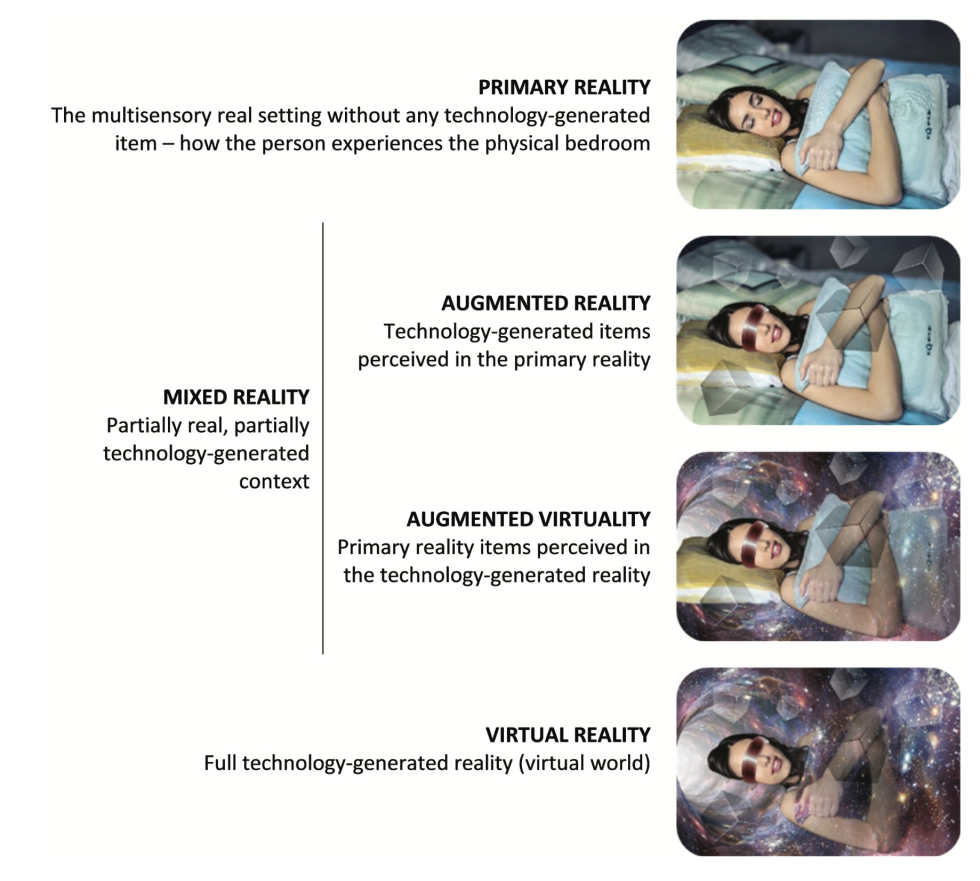
Figure 1. Types of virtual environments enabled by wearable technology [8]
VR has proved to be an effective medium for emotion production. In the study conducted by [8], participants experienced three virtual parks: anxious, relaxed and neutral. Results showed that the experience in the virtual environment clearly induces corresponding emotional states. This has validated virtual reality’s functioning in mediating one’s emotion and is promising to utilize as a treatment for sleep facilitation.
4.2. Applications of sleep monitoring in federated learning
Federated learning addresses the issue of security in model transmission and sharing to an extent. By using federated learning, improved algorithms allow models to give us a better understanding and prediction of data provided.
To improve the efficacy of federated learning methods, [9] random initialization (FL-Random) and MAML-based pre-training (FL-ML) strategies were compared to determine which converge better and achieve higher accuracy. In the FL-Random model, parameters are randomly initialized to match those of the local model. Conversely, the FL-ML approach used pre-trained parameters from the MAML model. After initialization, the model's parameters were randomly set to align with the local model's parameters. Following initialization, each client in the federated learning system trained their models using the provided weights and their own local data. The findings from figure 2 indicated that models initialized with MAML pre-trained weights ouwens those with random initialization. In terms of the wearable devices, the higher accuracy and convergence provided by FL-M suggest a potentially promising solution.

Figure 2. In sleep monitoring, the Local, FL-Random, and FL-ML models are compared using the AUC (Area Under the Curve) and F1-score metrics for performance evaluation. The performance metrics employed are AUC and F1-score [9].
In this figure 2, FL-ML is showing consistently better performance than the local model in both AUC and F1-score across the training rounds. This supports the claim that the local model, while maintaining data privacy, suffers from limited data and lower performance. The FL-ML model, utilizing structured federated learning, consistently outperforms the others in both metrics across training rounds, results in more accurate detection of sleep stages and disturbances, enhancing personalized sleep coaching and interventions.
4.3. Date Privacy
In Chne et al’s research [10], FRESH– Federated-learning Ring-signature Enhanced performance solution for Smart Health is proposed as a framework dedicated to ensure data privacy and security. FRESH uses a certificateless ring signature scheme to hide the source of parameter updates during the joint training process. This approach helps to resist SIAs by ensuring that the identity of the participants remains anonymous. Experiments were conducted to evaluate the FRESH framework in a controlled simulated environment. This environment was designed to closely mimic real-world conditions under which the FRESH framework would operate in a smart healthcare system using federated learning.
Another framework FL-PMI: Federated Learning-Based Person Movement Identification is also proposed as a solution for privacy concerns, high memory usage, and increased latency caused by centralized cloud servers [11]. This framework uses deep reinforcement learning (DRL) for auto-labeling the unlabeled data collected by wearable sensors. The data is processed locally on edge servers using federated learning, which only shares model parameters with the cloud server, significantly reducing the need to transmit vast amounts of data. The FL-PMI framework also incorporates a bidirectional long short-term memory (BiLSTM) network for accurate classification of person movements. The solution proposed achieved 1. enhanced accuracy: high accuracy in person movement identification (PMI), with an accuracy score of 99.67%. The use of bidirectional long short-term memory (BiLSTM) networks allows for better feature extraction and classification from the sensor data. And 2. data privacy: FL ensures that sensitive health data remains on local devices, addressing privacy concerns associated with centralized data processing. This decentralized approach enhances user data privacy by keeping personal data on the edge devices and only sharing necessary model updates.
5. Conclusion
This systematic review explored the integration of FL with AR, VR applications in sleep wearable devices. The combination of these technologies offers innovative solutions to longstanding challenges in sleep research, including accurate, non-intrusive monitoring, data privacy, and personalized sleep coaching. We first examined how current sleep monitoring devices effectively track sleep patterns but lack active facilitation and robust data privacy measures. Traditional methods like PSG and actigraphy, while accurate, lack ecological validity for home use. Wearable devices, though are able to generalize to practice uses , require improvements in accuracy and intervention capabilities. Federated learning is suggested as a solution to address the issues of accuracy and privacy by enabling decentralized data analysis, enhancing model accuracy while preserving user privacy. This approach leverages data from multiple users to provide personalized insights and recommendations without centralizing sensitive information. The enhanced models developed through FL proved to significantly improve sleep monitoring and coaching efficacy. Integrating AR and VR technologies offers additional benefits by creating immersive environments that facilitate sleep through tailored relaxation techniques and calming scenarios. VR has demonstrated effectiveness in emotion regulation, making it a promising tool for pre-sleep routines.
However, wearable devices overall priveds a weak function in sleep facilitation and especially sleeping disorders. There are also other limitations in wearable devices such as comfortability issues. In summary, for our future research, we should focus on improving the comfort and usability of AR/VR devices, keep working on enhancing wearable accuracy, and refining FL algorithms. Furthermore, developing user-friendly interfaces and integrating with smart home systems can further enhance the sleep experience and the combination of virtual experience to sleep therapy to treat sleeping disorders. .
References
[1]. Marshall, S. 2024. Sleep statistics and facts.
[2]. Cay, G., Ravichandran, V., Sadhu, S.et al 2022. Recent advancement in sleep technologies: A literature review on clinical standards, sensors, Apps, and Ai Methods. IEEE Access, 10, 104737–104756.
[3]. Roth, C. 2022, Earlier school start times potentially increase risk of adolescent depression and anxiety. URMC Newsroom.
[4]. Ibáñez, V., Silva, J., & Cauli, O. 2018. A survey on sleep assessment methods. PeerJ, 6, e4849.
[5]. Peltz, J. S., Rogge, R. DElmore-Staton, L et al 2022. The development of a scale to assess children's and adolescents' sleep environments. Journal of clinical sleep medicine : JCSM : official publication of the American Academy of Sleep Medicine, 18(10), 2353–2365.
[6]. Miller, D. J., Roach, G. D., Lastella, M et al 2021. A validation study of a commercial wearable device to automatically detect and estimate sleep. Biosensors, 11(6), 185.
[7]. de Zambotti, M., Barresi, G., Colrain, I. M., & Baker, F. C. 2020. When sleep goes virtual: The potential of using virtual reality at bedtime to facilitate sleep. Sleep, 43(12).
[8]. Riva G;Mantovani F;Capdeville CS et al; 2021. Affective interactions using virtual reality: The link between presence and emotions. Cyberpsychology & behavior : the impact of the Internet, multimedia and virtual reality on behavior and society.
[9]. Moon, S., Kim, T. S., Ryu, J., & Lee, W. H. 2023. Federated learning for sleep stage classification on edge devices via a model-agnostic meta-learning-based pre-trained model. 2023 IEEE 13th International Conference on Consumer Electronics in Berlin (ICCE-Berlin).
[10]. Chen, Yiqiang, Wang, J., Yu, C. et al 2021. FedHealth: A federated transfer learning framework for wearable healthcare. arXiv.org.
[11]. Rentz, L. E., Ulman, H. K., & Galster, S. M. 2021. Deconstructing Commercial Wearable Technology: Contributions toward Accurate and Free-Living Monitoring of Sleep. Sensors (Basel, Switzerland), 21(15), 5071.
Cite this article
Zhang,Z. (2024). Federated learning enhanced AR/VR integration in sleep wearable devices. Applied and Computational Engineering,86,213-220.
Data availability
The datasets used and/or analyzed during the current study will be available from the authors upon reasonable request.
Disclaimer/Publisher's Note
The statements, opinions and data contained in all publications are solely those of the individual author(s) and contributor(s) and not of EWA Publishing and/or the editor(s). EWA Publishing and/or the editor(s) disclaim responsibility for any injury to people or property resulting from any ideas, methods, instructions or products referred to in the content.
About volume
Volume title: Proceedings of the 6th International Conference on Computing and Data Science
© 2024 by the author(s). Licensee EWA Publishing, Oxford, UK. This article is an open access article distributed under the terms and
conditions of the Creative Commons Attribution (CC BY) license. Authors who
publish this series agree to the following terms:
1. Authors retain copyright and grant the series right of first publication with the work simultaneously licensed under a Creative Commons
Attribution License that allows others to share the work with an acknowledgment of the work's authorship and initial publication in this
series.
2. Authors are able to enter into separate, additional contractual arrangements for the non-exclusive distribution of the series's published
version of the work (e.g., post it to an institutional repository or publish it in a book), with an acknowledgment of its initial
publication in this series.
3. Authors are permitted and encouraged to post their work online (e.g., in institutional repositories or on their website) prior to and
during the submission process, as it can lead to productive exchanges, as well as earlier and greater citation of published work (See
Open access policy for details).
References
[1]. Marshall, S. 2024. Sleep statistics and facts.
[2]. Cay, G., Ravichandran, V., Sadhu, S.et al 2022. Recent advancement in sleep technologies: A literature review on clinical standards, sensors, Apps, and Ai Methods. IEEE Access, 10, 104737–104756.
[3]. Roth, C. 2022, Earlier school start times potentially increase risk of adolescent depression and anxiety. URMC Newsroom.
[4]. Ibáñez, V., Silva, J., & Cauli, O. 2018. A survey on sleep assessment methods. PeerJ, 6, e4849.
[5]. Peltz, J. S., Rogge, R. DElmore-Staton, L et al 2022. The development of a scale to assess children's and adolescents' sleep environments. Journal of clinical sleep medicine : JCSM : official publication of the American Academy of Sleep Medicine, 18(10), 2353–2365.
[6]. Miller, D. J., Roach, G. D., Lastella, M et al 2021. A validation study of a commercial wearable device to automatically detect and estimate sleep. Biosensors, 11(6), 185.
[7]. de Zambotti, M., Barresi, G., Colrain, I. M., & Baker, F. C. 2020. When sleep goes virtual: The potential of using virtual reality at bedtime to facilitate sleep. Sleep, 43(12).
[8]. Riva G;Mantovani F;Capdeville CS et al; 2021. Affective interactions using virtual reality: The link between presence and emotions. Cyberpsychology & behavior : the impact of the Internet, multimedia and virtual reality on behavior and society.
[9]. Moon, S., Kim, T. S., Ryu, J., & Lee, W. H. 2023. Federated learning for sleep stage classification on edge devices via a model-agnostic meta-learning-based pre-trained model. 2023 IEEE 13th International Conference on Consumer Electronics in Berlin (ICCE-Berlin).
[10]. Chen, Yiqiang, Wang, J., Yu, C. et al 2021. FedHealth: A federated transfer learning framework for wearable healthcare. arXiv.org.
[11]. Rentz, L. E., Ulman, H. K., & Galster, S. M. 2021. Deconstructing Commercial Wearable Technology: Contributions toward Accurate and Free-Living Monitoring of Sleep. Sensors (Basel, Switzerland), 21(15), 5071.





